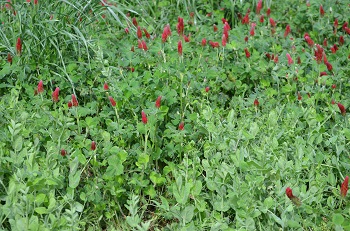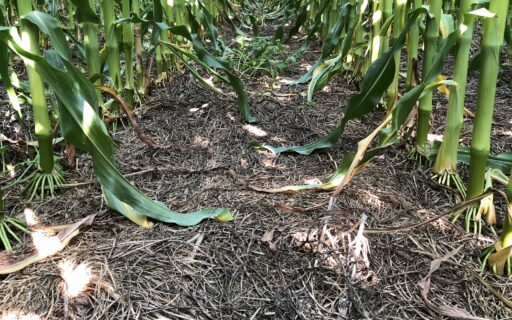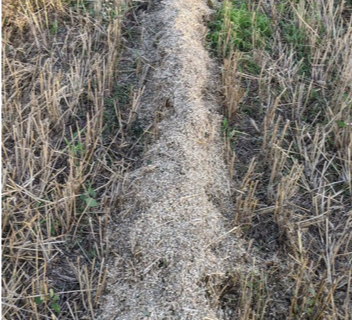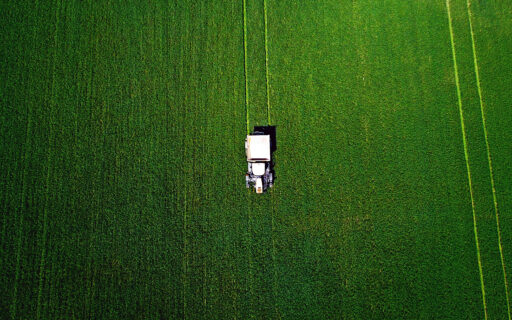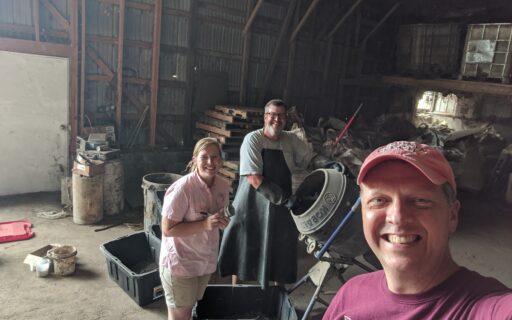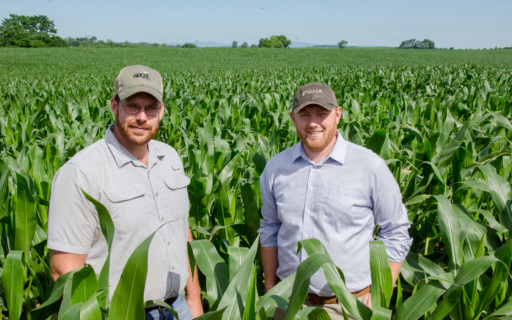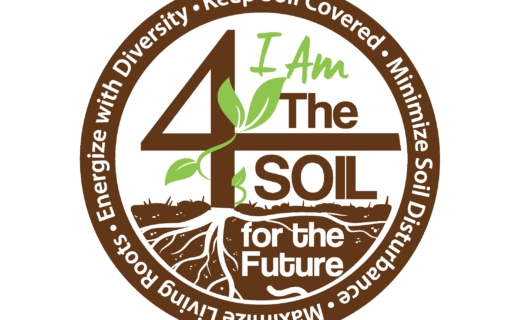Crop Production
With crops produced on approximately 4.4 million acres, agriculture is one of the largest land uses in the Chesapeake Bay watershed. While no farmer wants to lose valuable fertilizer and topsoil to surface waters, the reality is that rainfall can wash nutrients and sediment off of farm fields and into streams and rivers. Given the land area in production, it is no surprise that food production is one of the largest sources of Bay pollutants.
Fortunately, Chesapeake Bay farmers are some of the most conservation-minded farmers in the nation. They have led in efforts to demonstrate and adopt high-priority conservation practices like no-till farming, precision nutrient management, and cover crops that prevent soil erosion and reduce the loss of fertilizer to surface and groundwaters.
Sustainable Chesapeake works with innovative farmers throughout the region and brings resources to farmers working to test new technologies that help address conservation challenges and to implement conservation practices that improve soil health and reduce nutrient and sediment loss to water resources. This important work is resulting in farms that are more profitable, more resilient to weather impacts, and that are meeting clean water goals.
Results
Even though agriculture is one of the largest sources of pollution in the Chesapeake Bay, it is also one of the largest sectors that has made reductions over the last thirty years.
— Mark Dubin, Agricultural Technical Coordinator, Chesapeake Bay Agricultural Programs
42,735
Acres with conservation practices implemented
300,917
Acres with new or improved conservation plans
4,257
Farmers participating
$38.5
